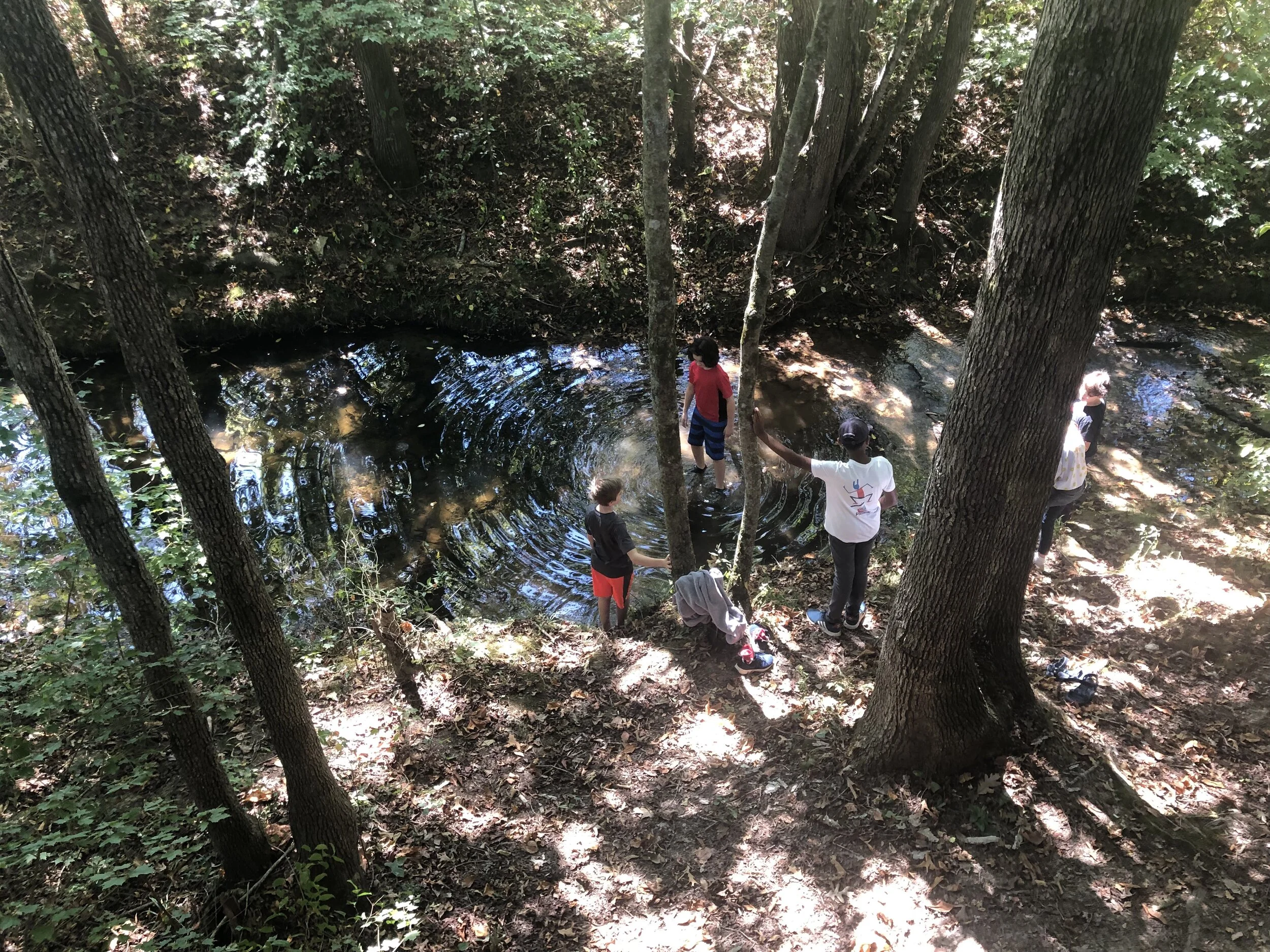The imagined future
It is possible to find a simple, elegant solution to a serious problem. (Image by adege)
Admissions season for the upcoming school year has begun. I’m hearing from a few proactive, on-top-of-it people who are already looking at options for their children.
They’re asking questions about The Little Middle School, and it’s an interesting mix of past and future.
“Do you still have the same teachers you had two years ago when we first visited? Which teachers will you have next year?”
“What kind of diversity will you have?”
“What is a typical day like — you know, when there’s no pandemic?”
I find these questions difficult to answer in a straightforward way. Each question is the start of an existential crisis. The present reality of what the school is — mostly online, in person in small groups — is so far from what I created eight years ago. The parents tend to not want to talk about the present reality, preferring to learn more about our track record and what the school will be like when all of this is over. I can understand that, but it’s hard to know how to talk about it.
In my work, I have always sought to innovate and improve. I’m always experimenting, seeing if I can serve my students and clients more effectively. It’s hard to imagine that we, as a school, will come out of the pandemic and simply pivot back to our earlier format. I can’t promise that.
That said, the fact that I spend so much time playing in the space of what could be as opposed to what is can be maddening for those around me. It certainly doesn’t help prospective clients understand what my school is about. I have to keep this tendency in check. I’ve learned that I have to make choices and draw lines and build permanent structures so that I don’t get too far away from what something was when it began. If I grow dissatisfied with it — which inevitably happens — it’s best to start something new instead of changing the existing thing.
Ironically, my ability to imagine other realities at will came in handy in the midst of massive, sudden change back in March. My team and I were able to implement a successful online model, which quickly became the status quo. We’re having to keep one eye on maintaining that while also creating a new in-person model — a series of transitional steps toward the whole group being in person, full-time, indoors.
No wonder it’s hard to think about some imagined future that’s just like before, with clusters of students working on projects, attending classes, eating lunch together, and singing together. That future — the one that looks like the past, the one that represents our very best attempt at creating an educational environment using everything we have learned and all the resources we have — is off the table for now. There’s grief and deep inconvenience in having to let go of it. We are in the midst of putting together something workable that fits the parameters we have now, like the team of NASA engineers who had to come up with new carbon dioxide filters using duct tape and tube socks. Or a reality show in which each challenge gets progressively more difficult and strips away whatever you might have found comfort or purpose in before.
The variables keep changing, which is a state of flux that I’m comfortable with. But I still have to stay connected to the reason the school exists. What do people want? What are they looking for? How can I serve them? These big questions may help my team and me to create something that works beautifully for the next six months, yet bears no resemblance to the previous incarnation of The Little Middle School. I’m not sure we want to go that far.
If I were going to create something today to meet the needs of students, I would create an outdoor academy that is focused on social skills, problem-solving, and thriving in challenging conditions. We would learn to build shelter and tend a fire. We’d sing songs and make up stories. We’d learn to use and care for tools. We’d read and write and do math on warmer days, and move our bodies on colder, wetter ones. We’d study the flora and fauna around us. We’d be exhausted at the end of the day — the good kind of exhausted, where you sleep well and wake up ready for more.
That’s one idea. I have others. But executing on them would take resources away from what already exists, feeble and disappointing though it may be in its current form. I don’t have a clear and obvious path forward within that framework except to slog along. For now, I’ll do that slogging — but part of me will always be imagining and longing for not just what we used to have, but for what could be.






